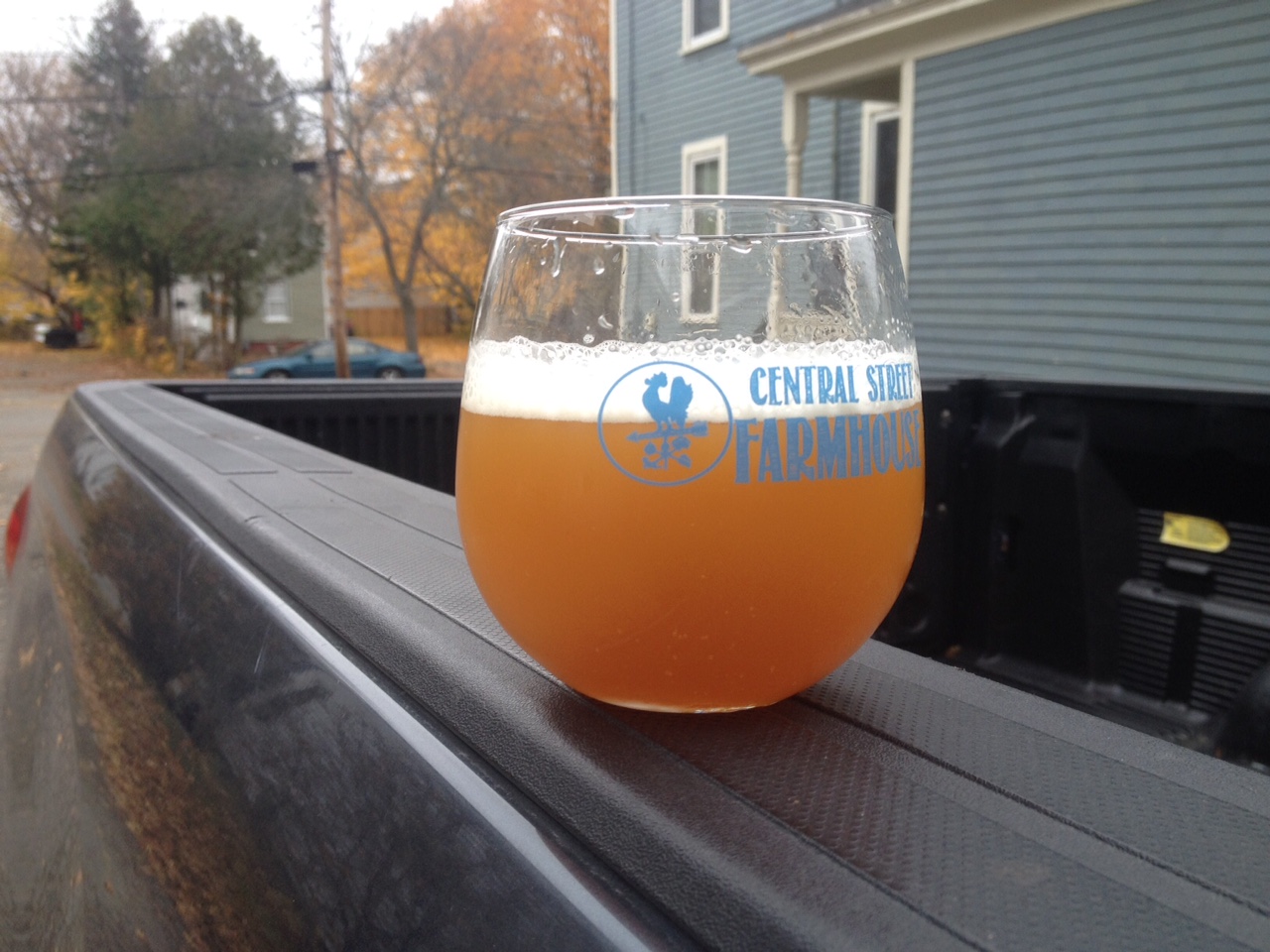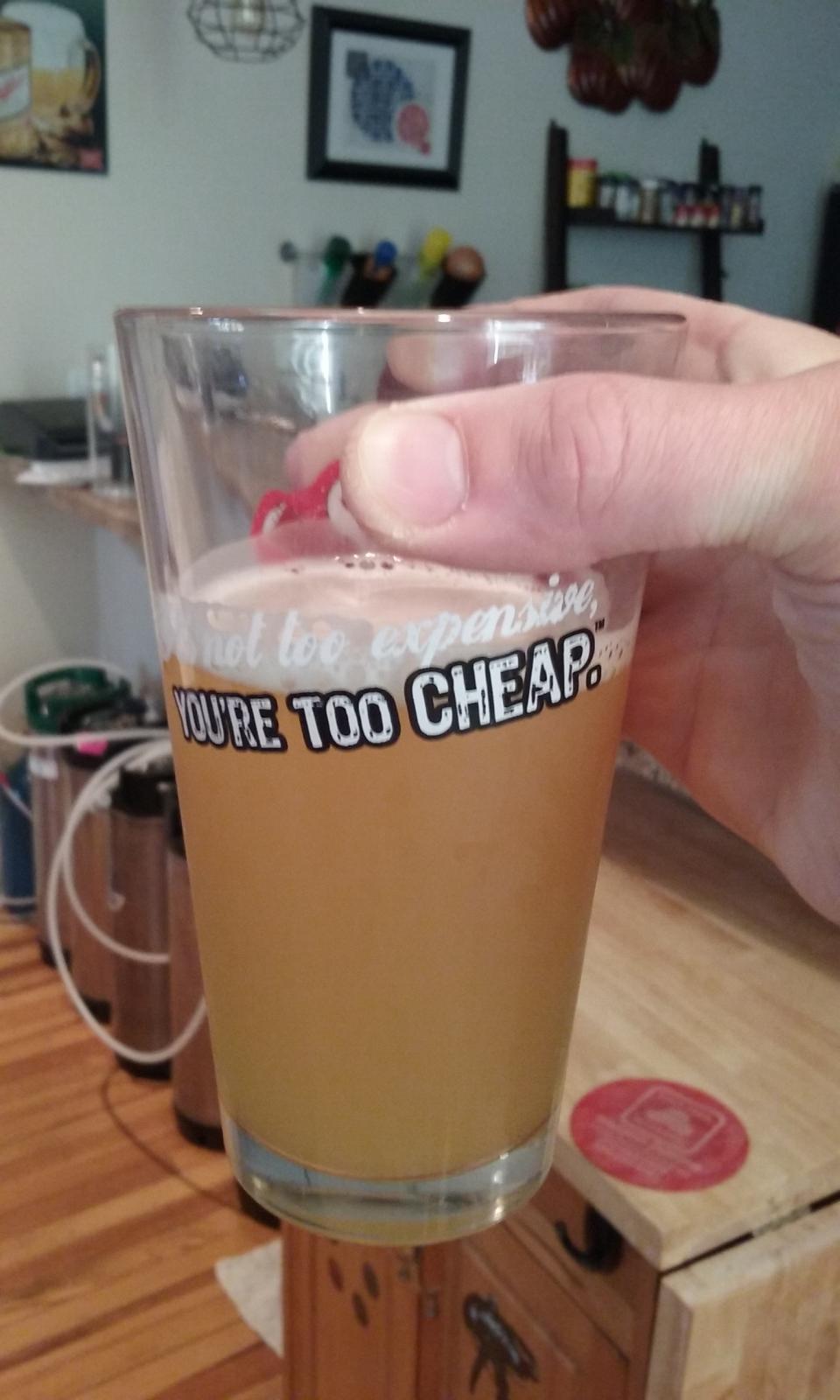sdenue57
Well-Known Member
I'm wondering if maybe the flour gives the hop oils something more to cling on to? Similar to using flour to make gravy?

Well I was gonna try to PM the word file but there's no attachment option for PMs.
So I guess I'll just toss it here. After struggling with trying to upload a .docx file on the forum, I think the easiest solution was to convert it to a googledocs word file.
Here's the link
https://docs.google.com/document/d/1DHdW-a1DLgmWFfnlkHQ0esCF5e6Hkx0RyBHzsb9mCVU/edit?usp=sharing
I think I set the share setting right so people can get to it...
Awesome article. I have been refining my White IPA recipe for 2 years now, and I completely agree with your sentiment about commercial beers falling flat. Marrying two styles of beer takes patience and practice and not just half of this and half of that.
Just curious, but where do you order your bulk hops from? And how long will they keep in a conventional freezer? I usually buy all mine from the LHBS and use them within a week so I'm not familiar with hop storage.
Thanks. Appreciate the feedback
I buy most of my hops from farmhouse brewing supply. They beat sites like northern Brewer and adventures in home brewing by literally 50%. I'll also occasionally get hops straight from yakima for experimental ones










I've drank a good bit of beer from Tired Hands here in Philly, and the beers you describe sound very similar to their style. I've even tried my hand at a clone which came out pretty good but still a bit short. My brew was based on this great article: http://www.alesoftheriverwards.com/2015/08/tired-hands-hophands-clone-revisted.html
I think the keys are:
* Use flaked or golden oats for mouthfeel.
* Use English Ale yeast (Tired Hands uses Wyeast London Ale III and I do to) for the fruity character and cloudiness it brings.
* Use more hops than seems sane. If you aren't buying hops by the pound you shouldn't even attempt these styles because you will go broke. Get a cheap vacuum sealer, buy in bulk.

Really intrigued by the idea of adding flour. Think that'd work in other styles? I'm thinking of brewing a low IBU but hoppy (big hop stand at 180 degrees, just a little bittering) American wheat. Good fit for adding flour?
adding flour took it to a totally different level. If I still had one on tap, I'd take a picture... Next time I brew one, I'll be sure to snap a pic and post it up here.

Okay, in your mind, are there appreciable differences in flavor?
That would be the only reason for me to do so.

@M00ps was nice enough to trade some brews with me and I just tried the DIPA he is talking about. Took a photo in better lighting and the cloudiness looks great....didn't think it was possible to be so clear and cloudy at the same time if that even makes sense. The aroma and juicy flavor is not describable...fantastic!

Sorry for all of the questions, but for these floury IPAs no gelatin or finings then? Cold crash?
Couldn't it be that these breweries aren't really concerend with filtering or cold crashing to clear the beer plus they prob use a ridiculous amount of late hops and dry hops which will leave a haze plus their yeast strain could all contribute to a more hazy beer. I actually prefer a cloud or hazy beer idk why its just me, I'm just trying to wrap my head around purposely hazing a beer by adding flour, kudos to moops for his experimentation, not knocking that, but I can't image the big guys are adding flour to their beer so shouldn't we be able to find the way they do it other than fabricate it?